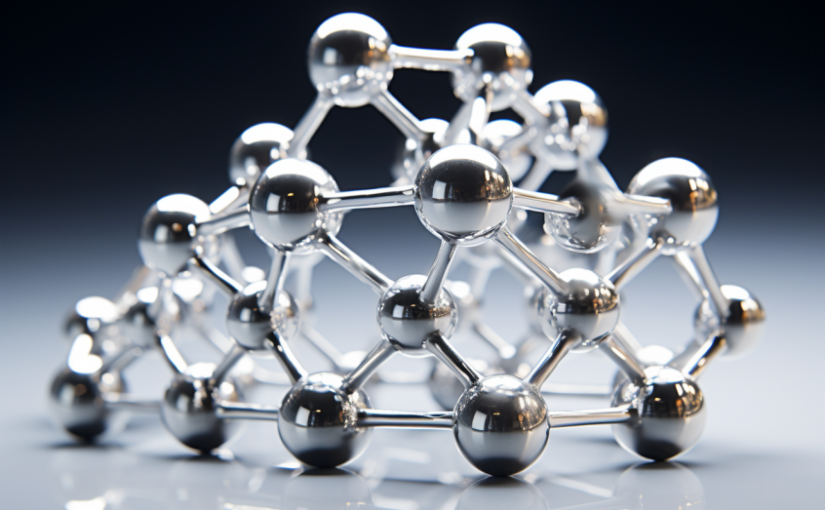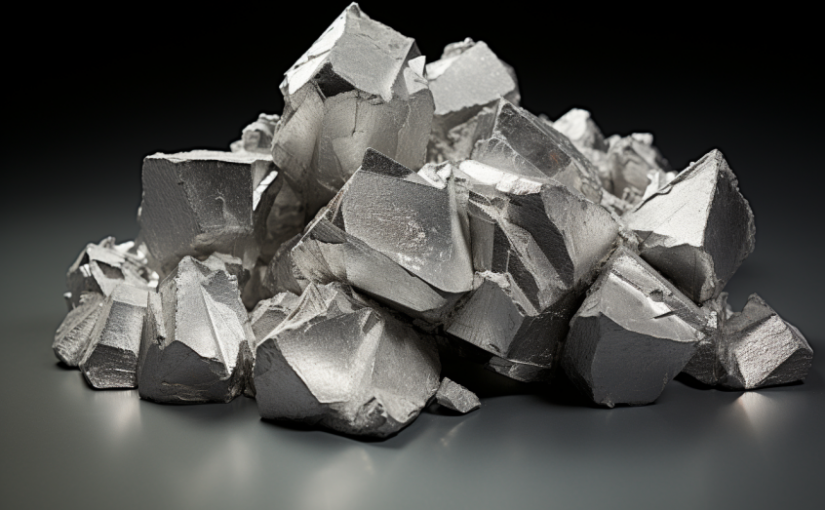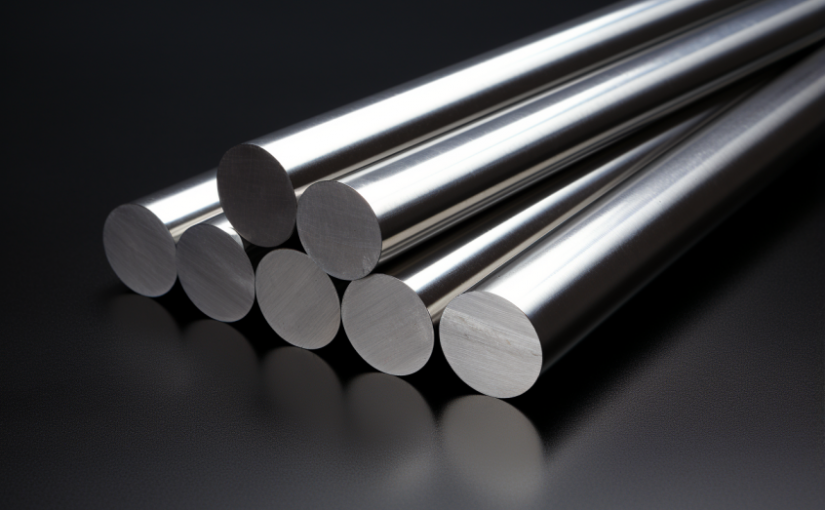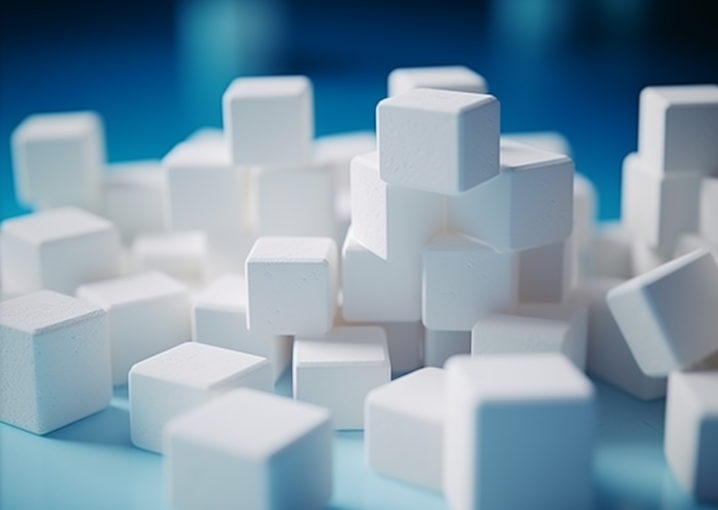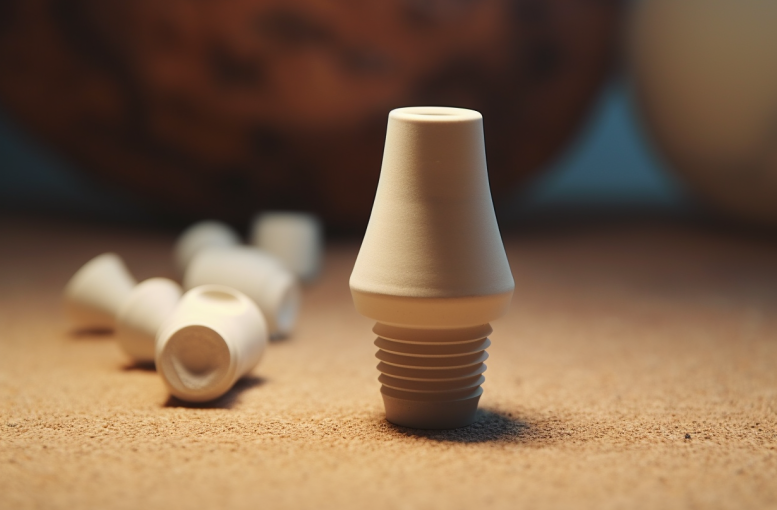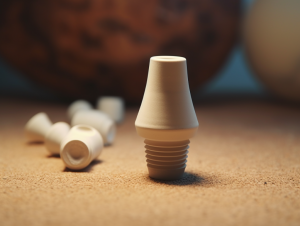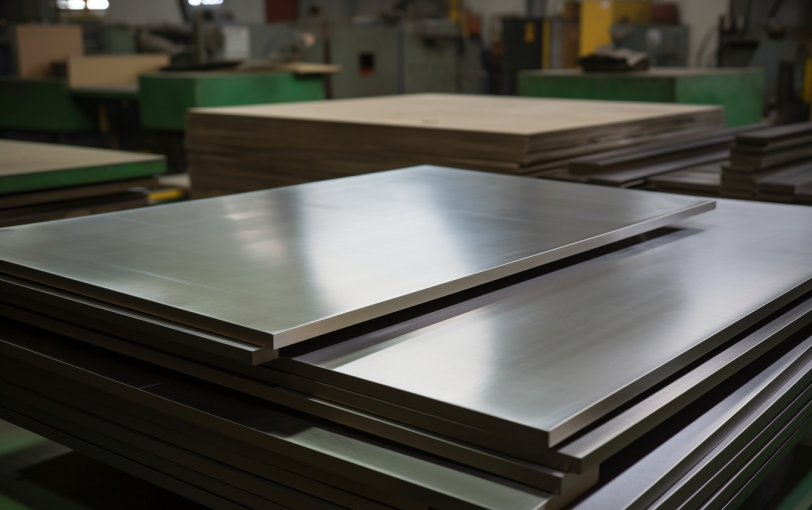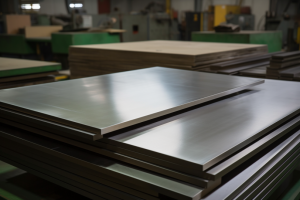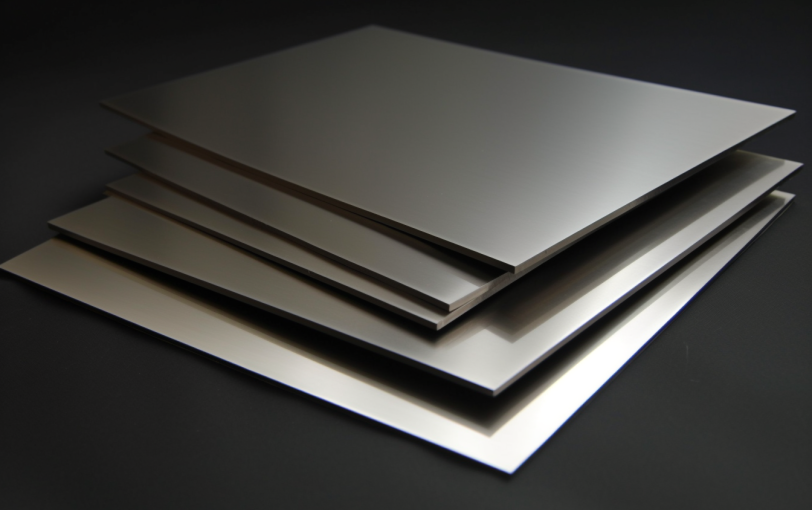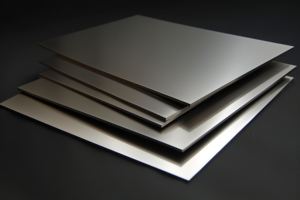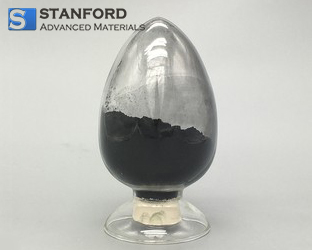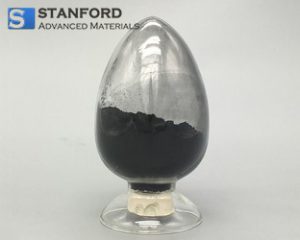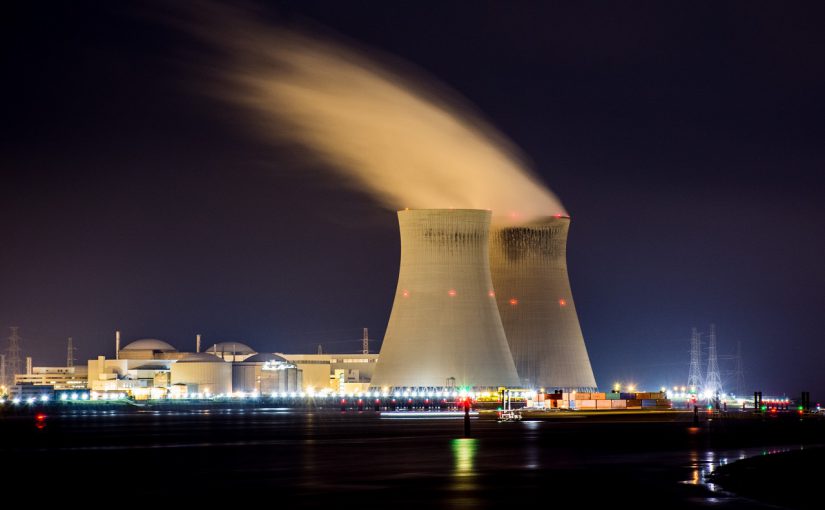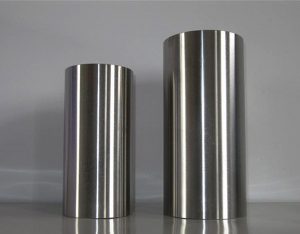In the world of advanced ceramics, materials like Zirconium Diboride (ZrB2) and Hafnium Diboride (HfB2) have emerged as stars, known for their remarkable properties and versatility in various industries. This article delves into a head-to-head comparison of these two exceptional diboride compounds, shedding light on their unique characteristics, applications, and advantages.
The Basics: Zirconium Diboride and Hafnium Diboride
Zirconium Diboride (ZrB2): ZrB2 is a ceramic material celebrated for its extraordinary combination of properties. Composed of zirconium and boron, it boasts an incredibly high melting point (approximately 3246°C or 5875°F), making it suitable for applications requiring resistance to extreme temperatures. ZrB2 is also renowned for its exceptional hardness and good electrical conductivity.
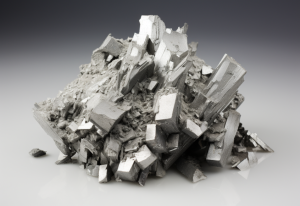
Hafnium Diboride (HfB2): HfB2, a close cousin of ZrB2, is equally impressive. It shares many characteristics with ZrB2, including a very high melting point (approximately 3250°C or 5872°F) and excellent hardness. HfB2 is known for its thermal stability, making it ideal for applications in extreme heat environments.
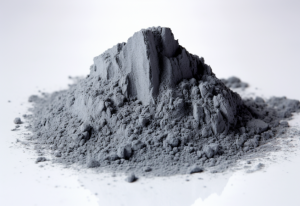
Comparing the Key Characteristics: ZrB2 vs. HfB2
- Melting Point: Both ZrB2 and HfB2 have nearly identical melting points, making them suitable for applications exposed to extreme temperatures.
- Hardness: ZrB2 and HfB2 exhibit exceptional hardness, making them resistant to wear and abrasion. This property is invaluable in cutting tools and wear-resistant coatings.
- Thermal Stability: Both materials are thermally stable, ensuring their integrity even in high-temperature environments.
- Electrical Conductivity: ZrB2 is a good electrical conductor, whereas HfB2 exhibits more limited electrical conductivity.
- Corrosion Resistance: ZrB2 and HfB2 are relatively inert and resist corrosion, enhancing their longevity in harsh environments.
- Density: ZrB2 has a slightly lower density than HfB2, which can be advantageous in certain aerospace applications where weight reduction is critical.
Applications: Where They Shine
Both ZrB2 and HfB2 find their niches in a variety of industries due to their impressive properties:
Zirconium Diboride (ZrB2):
- Aerospace: ZrB2 is used in aerospace components that require high-temperature resistance, such as jet engine nozzles and thermal protection systems.
- Cutting Tools: Its exceptional hardness makes ZrB2 a valuable material for cutting tools used in machining hard materials like steel and alloys.
- Nuclear Industry: ZrB2’s resistance to high temperatures and radiation suits it for applications in nuclear reactors.
Hafnium Diboride (HfB2):
- Rocket Nozzles: HfB2’s thermal stability and high melting point make it suitable for rocket nozzles exposed to extreme heat during space missions.
- Electronics: It is used in electronic components like high-temperature capacitors and sensors.
- Scientific Research: HfB2 is used in crucibles and other equipment for materials research due to its thermal stability.
The Verdict: Two Exceptional Materials In the world of advanced ceramics, both Zirconium Diboride and Hafnium Diboride shine brightly. Their similar properties make them ideal for high-temperature and wear-resistant applications, but subtle differences set them apart. When choosing between them, engineers and material scientists carefully consider the specific requirements of their applications. Regardless of the choice, these diboride compounds continue to push the boundaries of what’s possible in materials science, contributing to advancements in aerospace, manufacturing, and beyond.
